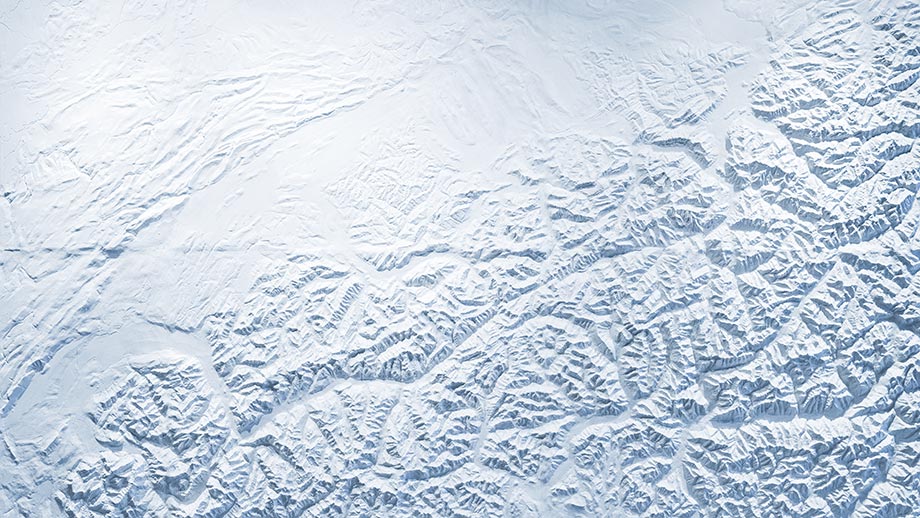Ideal Backdrop for Projections

At the entrance to the Department of Geography, set against a burgundy wall, a white plaster relief sculpture of Switzerland commemorates the history of the discipline. Measuring two and a half by one and a half meters, it enables you to take in the topography of the whole country at a glance, and observe how it is divided into three major landscapes – the Alps, the Swiss Plateau and the Jura Mountains. You can also see the river valleys winding their way through the land and the jagged mountain regions. This tableau of empty spaces and elevations, which cast longer or shorter shadows depending on the light, is a true-to-scale representation of topographical maps – expertly crafted by relief artist Toni Mair, who died in 2015.
In the past, a lesson without this kind of relief construction was unthinkable; three-dimensional topographical models were essential for conducting research on the Alps. Not particularly surprisingly, relief construction was a Swiss specialty, reaching its peak in the last century. Mair’s relatively recent plaster model is part of a larger permanent exhibition of ten reliefs, which are located on different stories within the department. They include depictions of the extent of the Reuss glacier during the last ice age 22,000 years ago, and the Klus of Moutier in the Jura, reproduced in faithful detail.
In an age of 3D digital models and spectroscopy from space, geographical reliefs may seem somewhat outdated. However, as reproductions of the terrain, they are as fascinating as ever. They also provide an excellent backdrop for projections – (almost) anything is conceivable on the empty, white landscape of Switzerland.